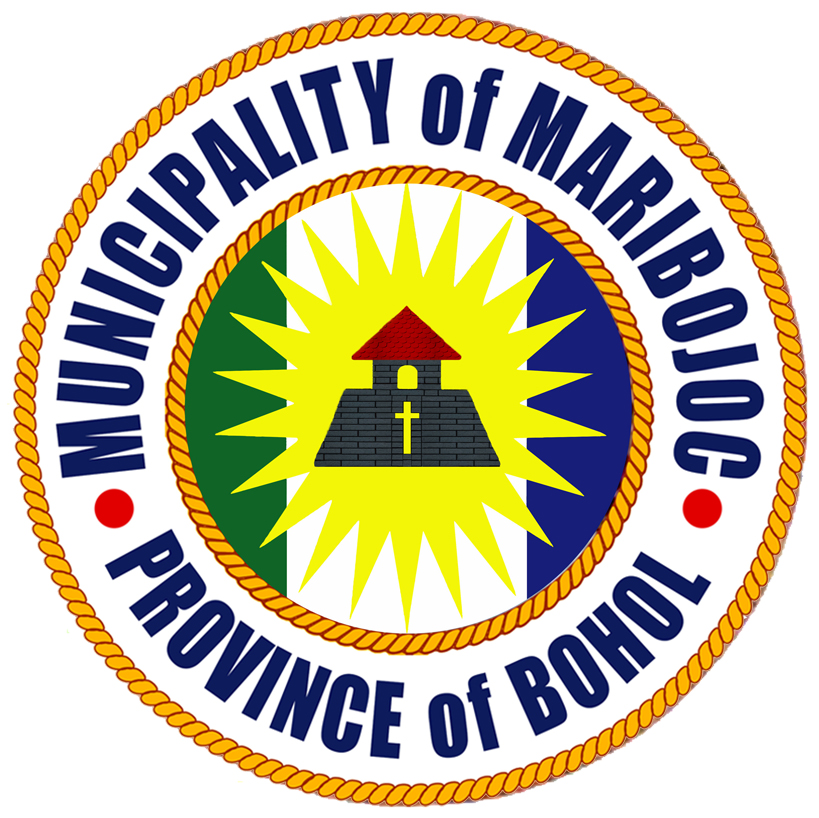Land formation of the municipality ranges from level to very steep slopes, majority of which is within the 8-18% slope range or undulating to rolling terrain covering about 24.21% of the whole municipality. The highest elevation within the municipality is 304 m above sea level and is located in Barangay Candavid, on the northwestern portion of the municipality. Majority of the elevations within the vicinity of the highest portion are 200 to 300 m above sea level. The lowest portion of the municipality is in Barangay Lincod with an elevation of 5 m above sea level.
Maribojoc drains towards the Maribojoc Bay on the southwest and towards the Abatan River, which is on the southeastern boundary. A network of waterway systems, which drains into the Anislag River, is located in Barangays Jandig, Dipatlong, Poblacion, Pagnitoan, San Isidro, Bayacabac, Tinibgan, Punsod, and Anislag. This system empties into Maribojoc Bay.
Of the total area of the municipality, only 18.99% have no apparent erosion. These are located in the areas that have level or nearly level topography. Moderate to severe erosions occur on the areas with rolling to very steep slopes that covers about 19.85% and 18.52% of the municipality, respectively.
The municipality has five types of soil: Hydrosol, Bolinao Clay, Faraon Clay, Calape Clay Loam, and Batuan–Faraon Complex. The biggest soil type is Bolinao Clay that covers 4,405.25 hectares or 63.34% of the total land area of the municipality. This is located on the eastern portion from north to south. Barangays directly adjacent to the Abatan River have soil classified as Calape Clay Loam.
The protected area for Agriculture Map for the municipality shows that there are about 106.43 has of alluvial irrigated land and these are located in barangays Cabawan, Agahay, and Busao, the barangays directly adjacent to the Abatan River. Generally classified as irrigated lands, these areas are the most efficient agricultural land where high agricultural infrastructure may be located and are traditional sources of food. The single largest area classification is Agro-industrial land that is planted by coconut. This classification covers an approximate area of 2,980.65 has.
Areas that are classified as non-agricultural areas are areas covered by waterways, areas with slopes of greater than 30% gradient, and grassland. This classification covers 23.83% of the total area of the municipality.
There is no sewerage system established in the municipality. Storm drainage is established at the Poblacion area to accommodate rainfall flow and water is brought to swamps and sea. Household wastewater is usually disposed in creeks and rivers. However, there are those that are directed to septic tanks.
Solid waste management program in the municipality is now implemented that waste segregation at source in the Poblacion area is practiced. The LGU has the following solid waste management facilities: garbage compactor, Central Material Recovery Facility, Composting Facility and Residual Containment Area, while waiting for the cluster sanitary landfill to operate in Albur.
The source of air pollutants in the town are the smoke emissions that are generated from motor vehicles, buses, jeepneys, dust from rice and corn mills, and smoke from burning of household garbage.
